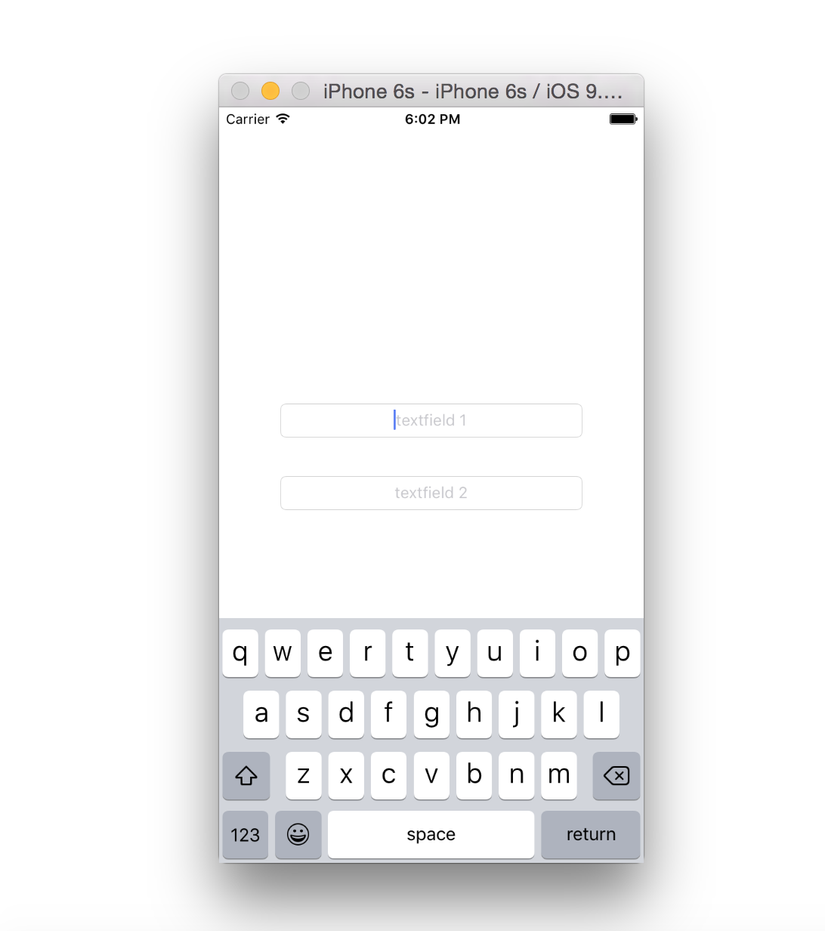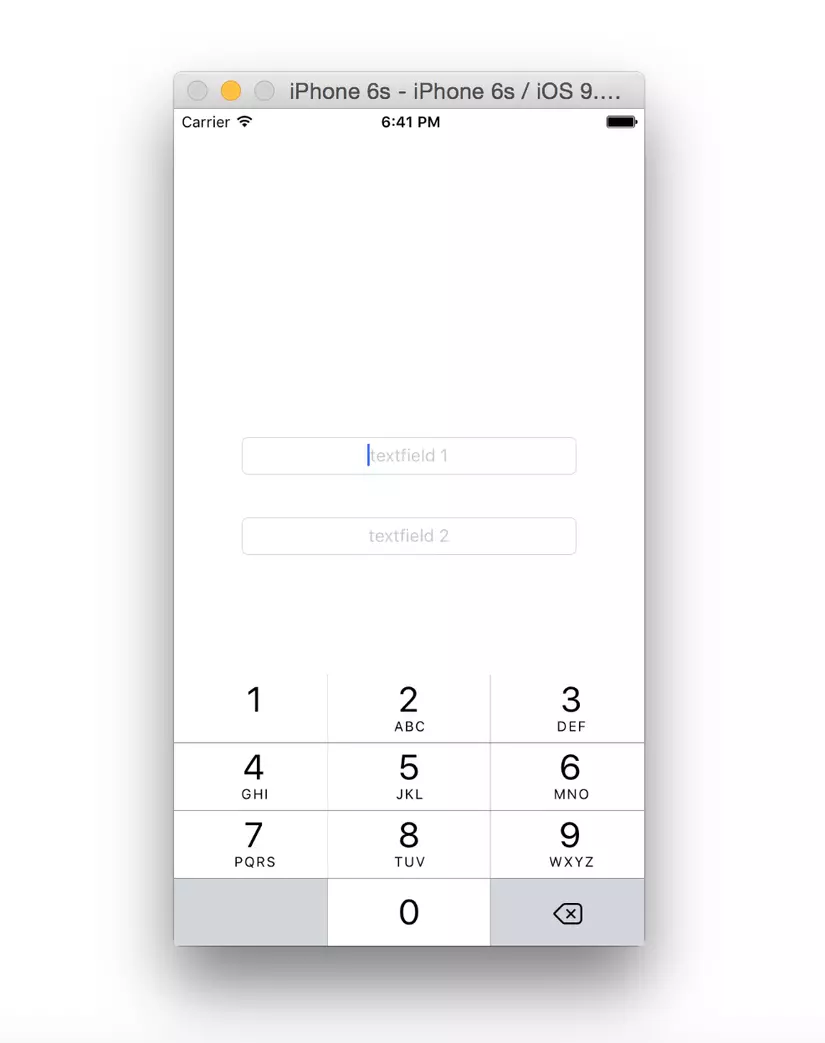Một số cách thường được sử dụng để ẩn Keyboard
Khi nhắc đến Keyboard thì chúng ta hẳn sẽ nghĩ ngay đến Textfield, một component quá phổ biến mà hầu hết các app iOS đều có (không nhắc đến game nha 😅). Mặc định khi nhấn vào một UITextfield thì keyboard sẽ tự động xuất hiện, và việc của developer đó là ẩn nó đi khi người dùng thao tác xong. Sau đây tôi xin đề cập đến một số cách mà chúng ta thường sử dụng để ẩn keyboard trên View Controller.
Cách thứ nhất
Implement phương thức textFieldShouldReturn của UITextfieldDelegate và thực hiện gọi đến resignFirstResponderfunc textFieldShouldReturn(textField: UITextField) -> Bool {
textField.resignFirstResponder()
//or
//self.view.endEditing(true)
return true
}
Cách thứ hai
Đối với những textfield không có nút Return ví dụ như khi người dùng đang nhập vào bằng bàn phím số (UIKeyboardType.NumberPad) :
ĐỐi với trường hợp này thì cách mà chúng ta sẽ làm đó là hiển thị một thanh toolbar với nút Done nằm phía trên Keyboard. Khi user sẽ nhấn vào nút Done này để đánh dấu việc nhập xong dữ liệu cho khung textfield. Chúng ta thực hiện bằng cách tạo một UIToolbar và gán nó vào thuộc tính có tên inputAccessoryView của UITextfield.
override func viewDidLoad() {
super.viewDidLoad()
//init toolbar
let toolbar:UIToolbar = UIToolbar(frame: CGRect(x: 0, y: 0, width: self.view.frame.size.width, height: 30))
//create left side empty space so that done button set on right side
let flexSpace = UIBarButtonItem(barButtonSystemItem: .flexibleSpace, target: nil, action: nil)
let doneBtn: UIBarButtonItem = UIBarButtonItem(title: “Done”, style: .done, target: self, action: Selector(“doneButtonAction”))
toolbar.setItems([flexSpace, doneBtn], animated: false)
toolbar.sizeToFit()
//setting toolbar as inputAccessoryView
self.textField1.inputAccessoryView = toolbar
self.textField2.inputAccessoryView = toolbar
}
func doneButtonAction() {
self.view.endEditing(true)
}

Cách thứ ba
Cách tiếp theo mà tôi muốn nhắc đến đó là user chỉ việc tap vào một vị trí bất kì trên màn hình và keyboard sẽ tự đông được ẩn đi. Hẳn ai cũng biết là tôi muốn nhắc đến UITapGesture đúng không? Chỉ một vài dòng code đơn giản là đã có thể thực hiện được thao tác này: trong viewDidLoad tiến hành khởi tạo một UITapGesture với selector là một phương thức gọi đến resignFirstResponderself.view.addGestureRecognizer(UITapGestureRecognizer(target: self.view, action: Selector(“endEditing:”)))
let tap = UITapGestureRecognizer(target: self.view, action: Selector(“endEditing:”))
tap.cancelsTouchesInView = false
self.view.addGestureRecognizer(tap)
Cách thứ tư
Nếu textfield của chúng ta đãng được add lên trên UIScrollView, (tương tự với UITableview, UICollectionView vì chúng đều là subclass của UIScrollView), chúng ta có thể sử dụng thuộc tính keyboard dismiss mode như sau:tableView.keyboardDismissMode = .onDrag // .interactive
Tổng kết
Trên đây tôi vừa đề cập đến một số cách mà chúng ta có thể sử dụng để ẩn bàn phím khi làm việc trên một số component như UITextfield, UITextView. Cũng xin đề cập thêm là ngoai cách gọi phương thức* textField.resignFirstResponder() * để ẩn bàn phím, chúng ta có thể sử dụng một số cách như sau mà không cần quan tâm đến textfield đang được focus:// Cách 1
self.view.endEditing(true)
// Cách 2
UIApplication.shared.sendAction(#selector(UIApplication.resignFirstResponder), to: nil, from: nil, for: nil)
Comments
Post a Comment